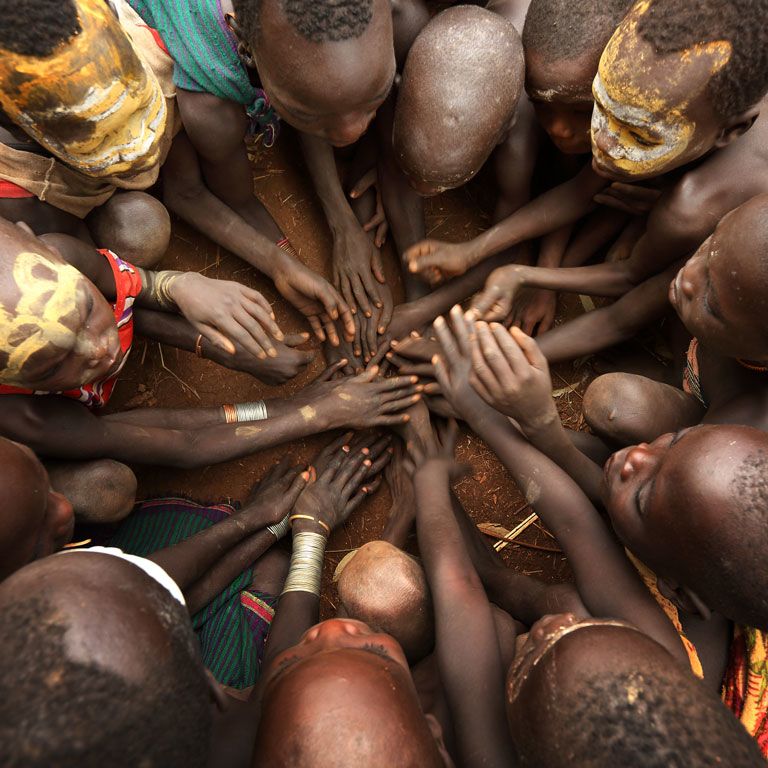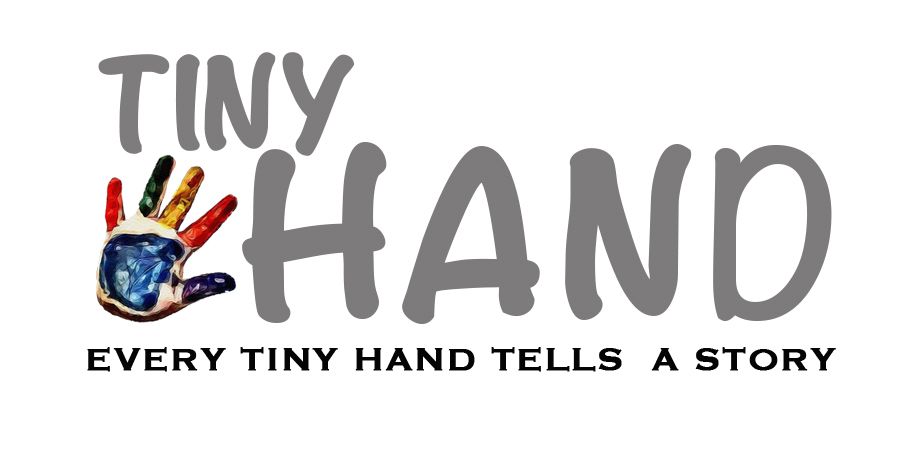In Africa
Children face paintings tell their own stories
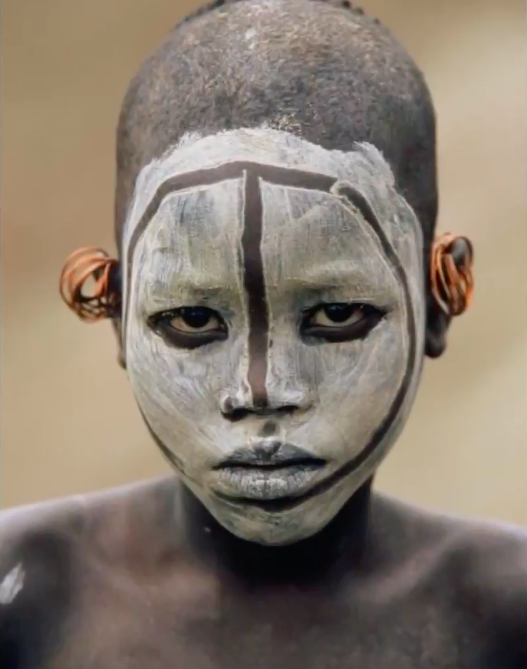
Bright yellow and white lines are painted on children’s small faces, making beautiful art images that communicate different messages and meanings.
In the black continent where thousands of tribes live in the forests, the body beautifying patterns vary from painting to tattooing.
However, all the tribe members, including men, women, and children, must be subject to the face and body painting rituals using bright colors.
The whole story starts with a dot on the face!
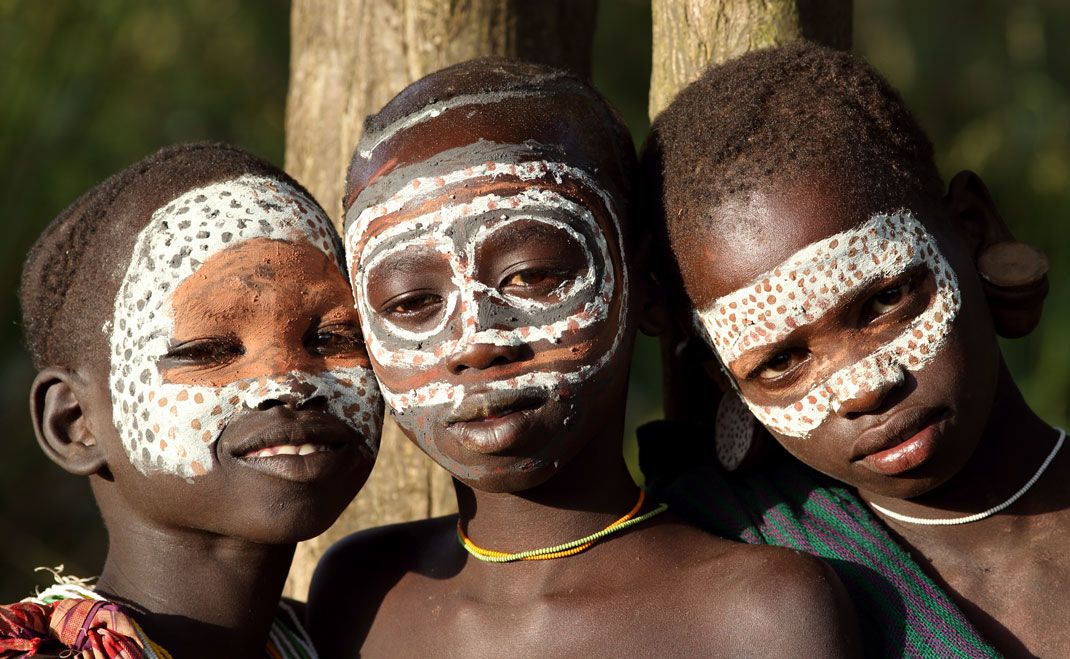
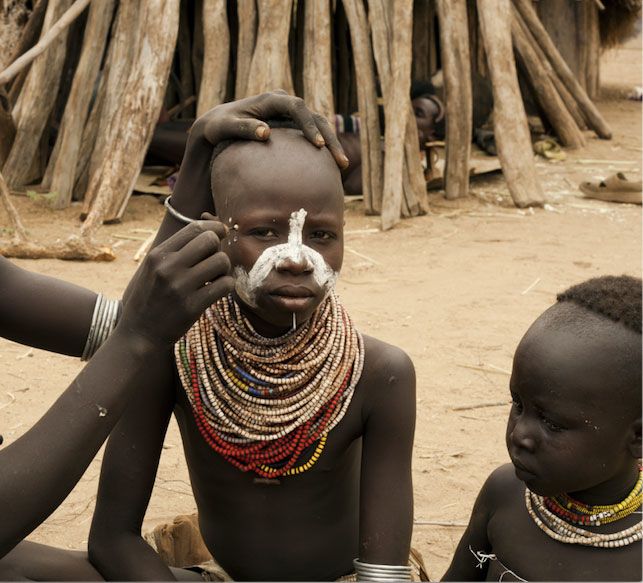
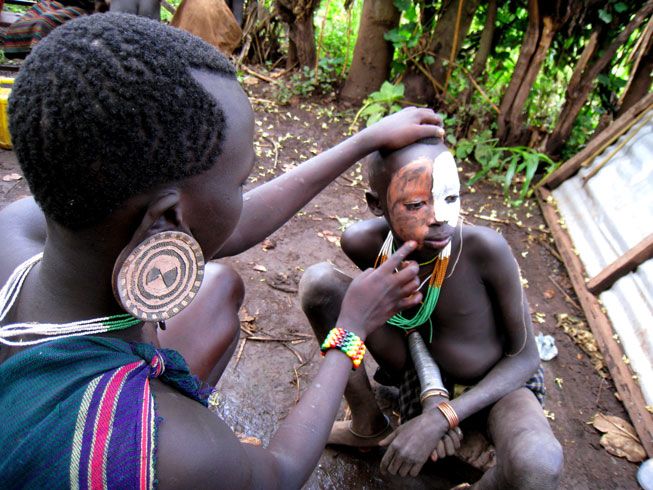
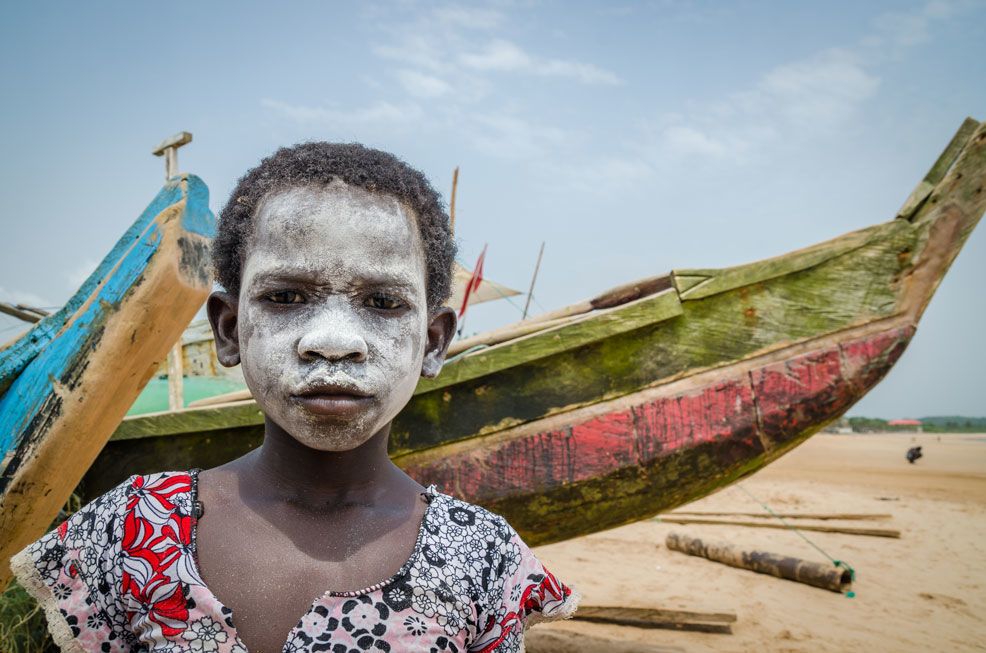
Since a very young age, children become acquainted with the primary principles of painting their faces with colorful paints in lined, dotted, or dappled patterns.
The painting could also be in the form of lines drawn on the cheeks and the foreheads to make them look like the African wild cats such as cheetahs and tigers in addition to zebras.
children are distinguished from men and men from the elderly
The imitation of the natural appearance of the beasts that live freely in the plains and jungles scattered across the black continent is a common practice by the members of the well-established tribes.
The significances and meanings of face paintings and motifs vary according to the various events and occasions, including joy, mourning, celebration, marriage, declaration of war, or hunting events.
when they assume a higher social status, they start adding more symbols
Moreover, inscriptions and motifs are used to denote the social status within the tribe.
As such, children are distinguished from men and men from the elderly.
Face painting patterns are used to differentiate between men and women and to distinguish between the tribe members and strangers.
The more the person is prestigious in the tribe, the more complicated his face paint is. Many tribe members start applying the primary decorative paintings and when they assume a higher social status, they start adding more symbols to match their new achievements and roles.
Created to beautify faces
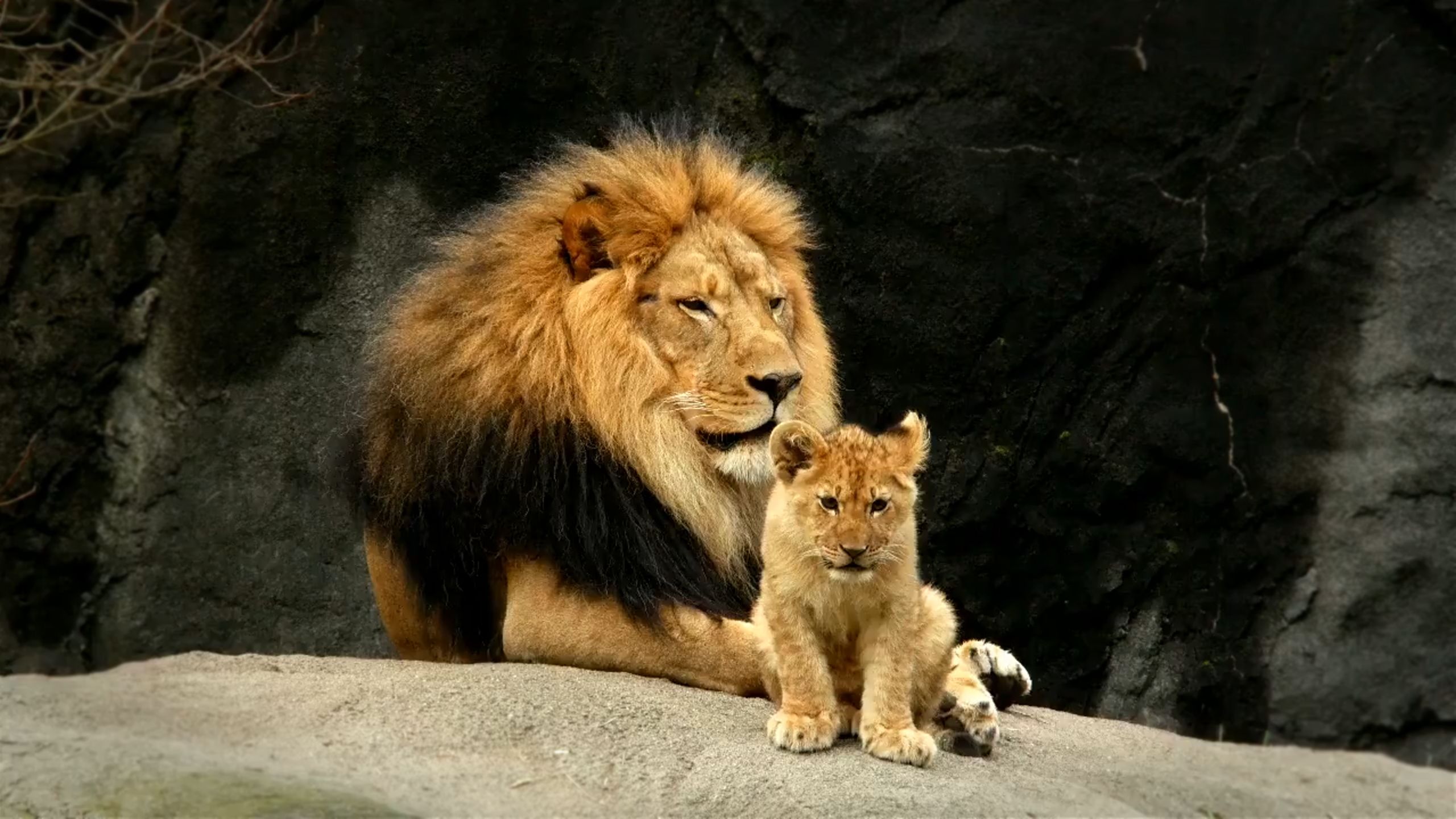
An elderly man in the tribe would sink his index and middle fingers into the paint of a more yellow color before he starts drawing horizontal lines on the face of a naked female child. Afterward, he moves on to other children who desire to have their special faces decorated.
Tribe members often integrate images of the plants and animals of the surrounding environments into their paintings.
The color paints are often made from natural ingredients such as the mud mixed with decorative pigments extracted from dried herbals and flowers and the colorful powder extracted from some insects and ashes.
The color paints are often made from natural
Each color or symbol has its significance. The black color is often used to signify strength, evil, death, and inscrutability.
Gray color symbolizes security, power, maturity, and stability.
Purple is often restricted to monarchs’ face paintings and is used to signify luxury, wisdom, and passion. Yellow is the color often used to denote joy, energy, and warmth.
By contrast, red is used to refer to danger, boldness, and urgency. Blue indicates peace, tranquility, trust, and affection.
Green indicates life, growth, and recovery while the white color indicates hope, purity, and light.
Each tribe has its motifs that are completely different from that of other tribes
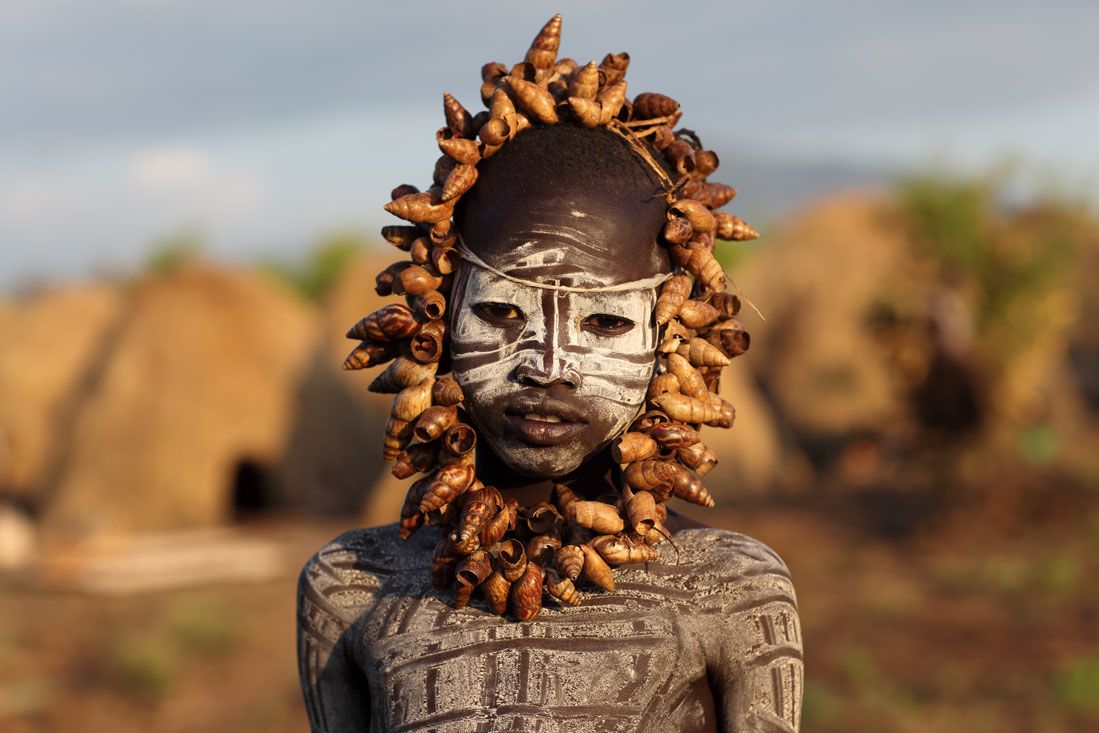
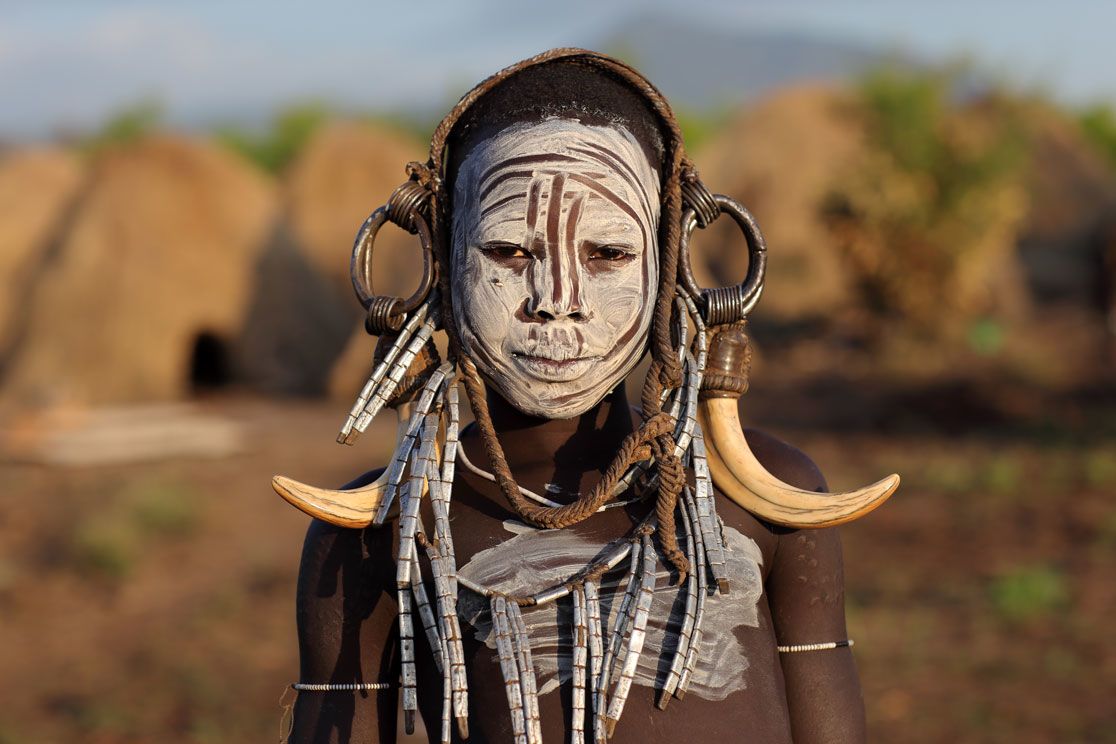
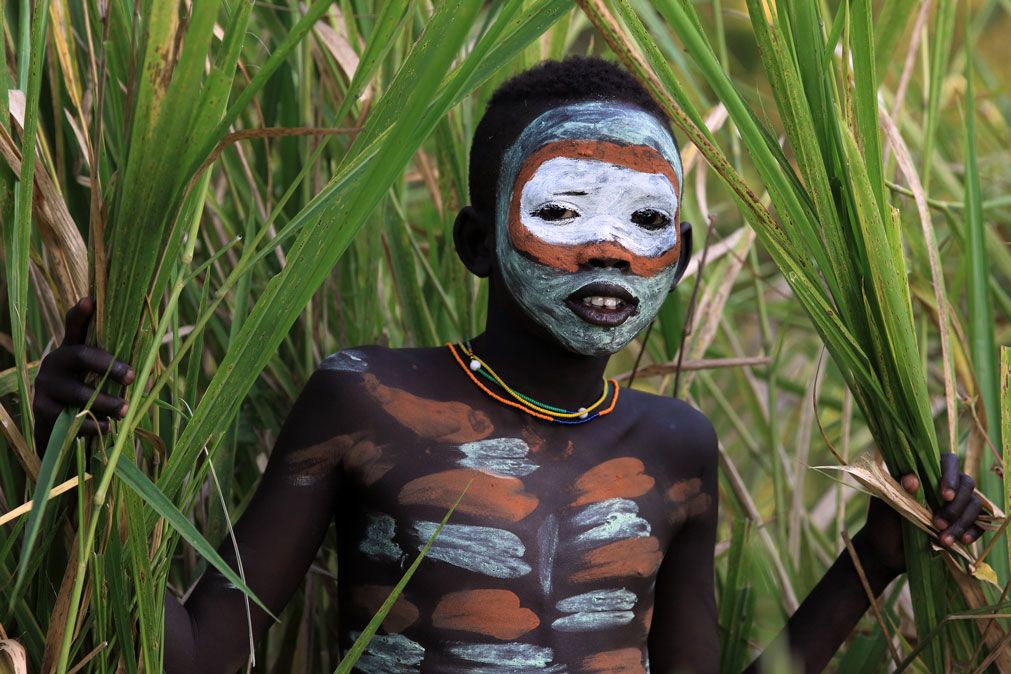
More than just motifs

In Africa where there is a record of the oldest human societies, many tribal families use symbols to tell stories and present information, wisdom, and lessons. These symbols are considered sacred and are often used in religious contexts.
In West Africa, specifically in Ghana, symbols called “Adinkra” were found. These symbols were mainly used to convey the messages and values of the tribal society.
They are the same symbols used in painting faces, decorating fabrics, interior wall designs, and pottery vessels.
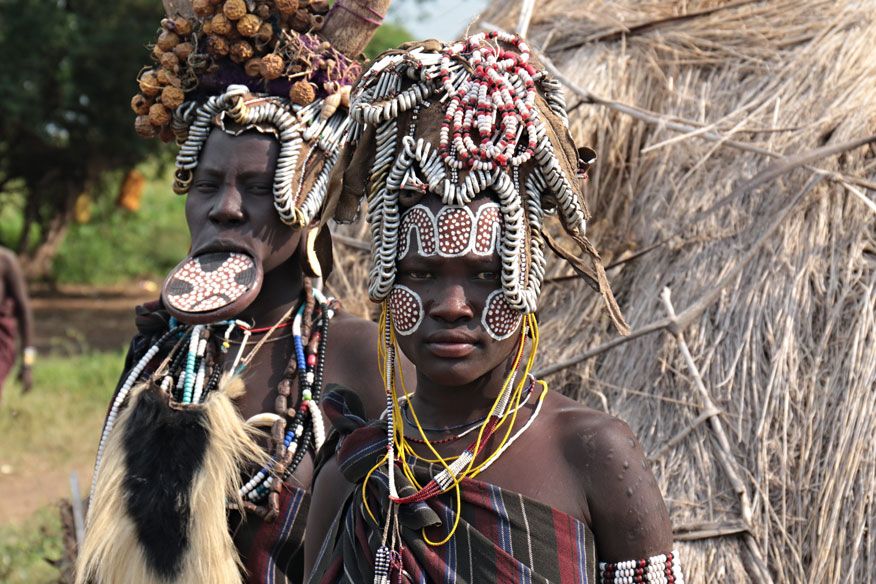
In Africa, body painting, drawing, and tattooing are used as a symbolic language for communication among individuals, men, and women and as a sign of the rank, courage, strength, and boldness.
What is considered today an art among civilized peoples such as the face displaying art, is nothing but a complex system of ideas, practices, and rituals that a tribal person must experience along with his tribe members.
In so doing, he follows the tradition of his ancestors in reverence for the individual, the tribe, life and aspects of nature.
Hunting and fighting skills
Red and yellow are the preferred colors because they are the sun colors.
Red usually represents the morning sun, the source of life, and energy, while yellow represents the sunset, peace, and sincerity.
Men of medicine have always believed that coloring their bodies provides them with strength, protects them from the risks and diseases they face in life, and provides fighters with strength, courage, and the skills they need in war and hunting activities.

It is also interesting to mention that tribal art varies according to the status the individual enjoys in his tribal society.
The higher your rank, the more sophisticated and complicated your face painting would be.
